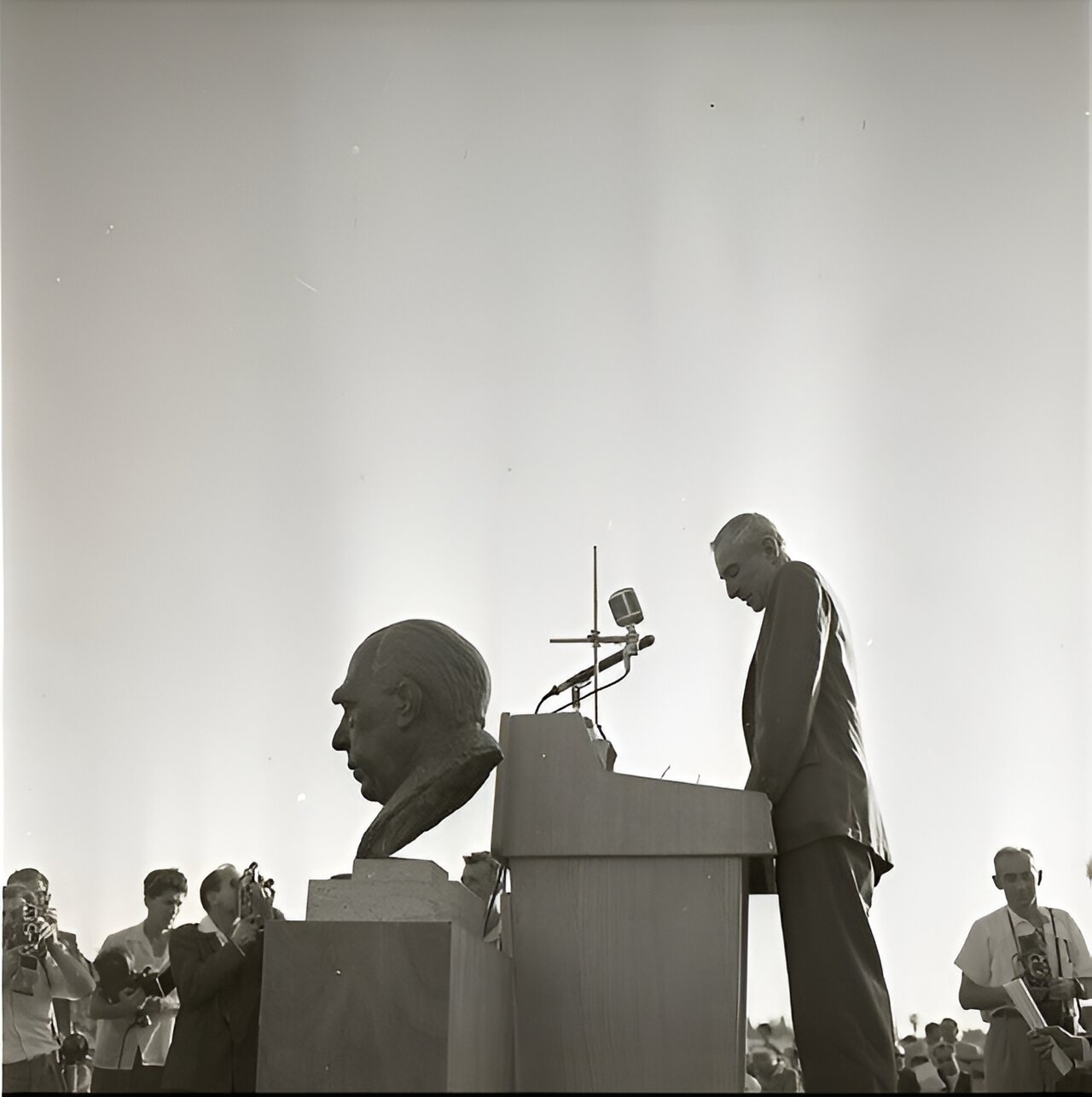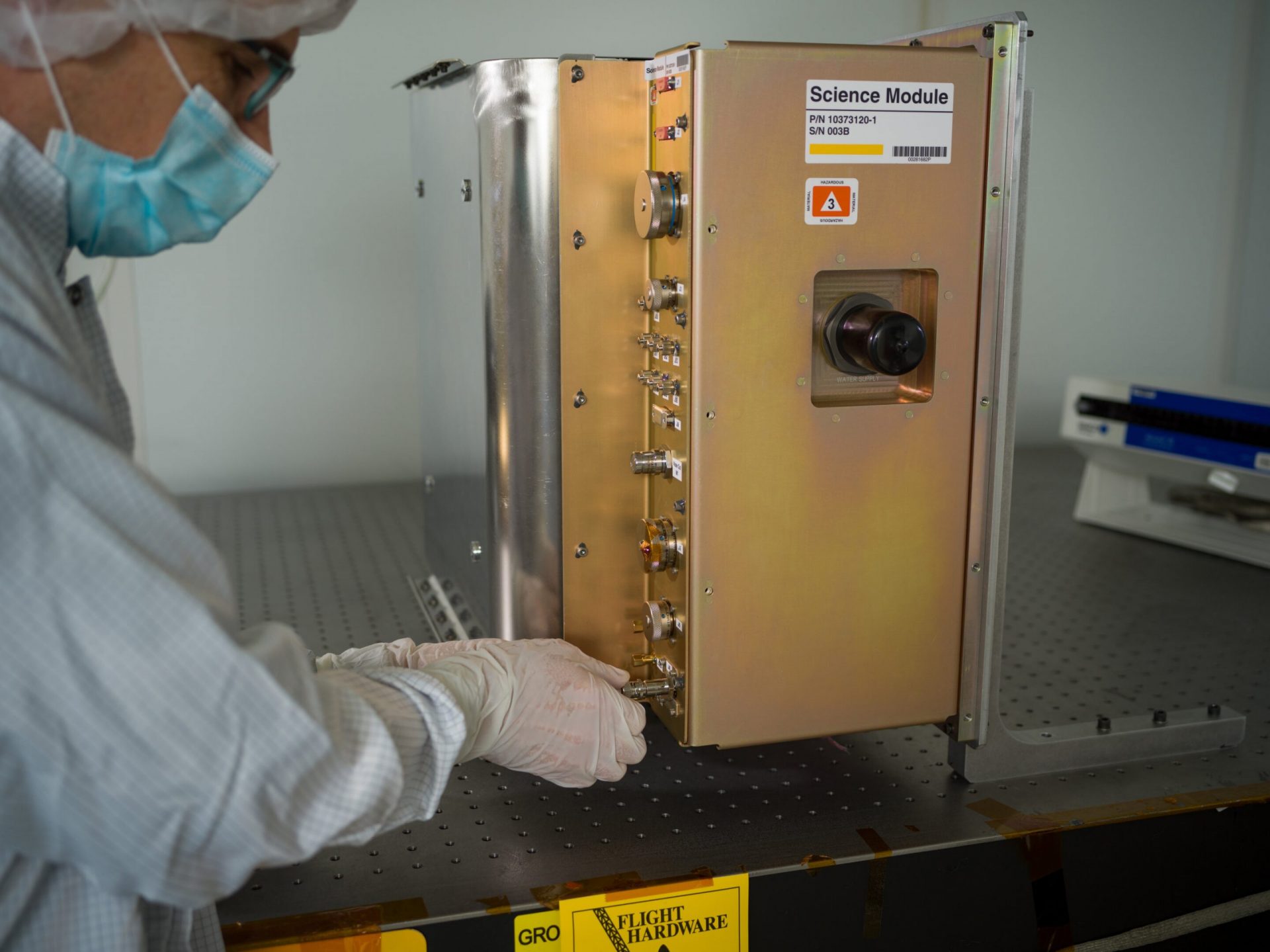The release of the film “Oppenheimer,” in July 2023, has sparked a renewed fascination with the mysterious life of J. Robert Oppenheimer. While Oppenheimer will always be known as the father of the atomic bomb, his early contributions to quantum mechanics lay the foundation for modern quantum chemistry. His groundbreaking work still shapes our understanding of molecular structure today.
Early on in the film, esteemed scientific figures of the time, including Nobel laureates Werner Heisenberg and Ernest Lawrence, praise Oppenheimer for his groundbreaking work on molecules. As a physical chemist, Oppenheimer’s contributions to molecular quantum mechanics greatly impact both my teaching and research.
The Born-Oppenheimer Approximation
In 1927, Oppenheimer published a paper titled “On the Quantum Theory of Molecules” with his research advisor Max Born. This paper introduced what is now known as the Born-Oppenheimer approximation. While both Oppenheimer and Born are credited, most historians recognize that Oppenheimer played a major role in developing the theory.
The Born-Oppenheimer approximation provides a way to simplify the complex task of describing molecules at the atomic level.
Imagine wanting to calculate the optimal molecular structure, chemical bonding patterns, and physical properties of a molecule using quantum mechanics. You would start by defining the positions and motions of all the atomic nuclei and electrons, and calculating the interactions between these particles in the molecule.
Calculating the properties of molecules becomes even more complex at the quantum level, where particles exhibit wave-like properties and their exact positions cannot be determined. Instead, particles like electrons are described by wave functions, which represent the probability of finding the electron in a certain region of space. Solving the molecular Schrödinger equation involves determining these wave functions and the corresponding energies of the molecule.
Unfortunately, this equation cannot be solved exactly even for the simplest molecule, H₂⁺, which consists of two hydrogen nuclei and one electron.
Oppenheimer’s approach provided an approximate solution. He recognized that atomic nuclei are much heavier than electrons, with a single proton being nearly 2,000 times more massive than an electron. This means that nuclei move much slower than electrons, allowing scientists to treat them as stationary objects while solving the Schrödinger equation for the electrons.
This method simplifies the calculation and enables scientists to determine the wave function of the molecule more easily.
Although it may seem like a small adjustment, the Born-Oppenheimer approximation has far-reaching implications beyond simplifying quantum mechanics calculations for molecules. It fundamentally shapes how chemists perceive molecules and chemical reactions.
When scientists visualize molecules, we often imagine them as fixed nuclei with shared electrons moving between them. In chemistry class, students typically build “ball-and-stick” models with rigid nuclei (balls) connected by bonding frameworks (sticks). These models are a direct result of the Born-Oppenheimer approximation.
The Born-Oppenheimer approximation also influences how scientists think about chemical reactions. During a chemical reaction, atomic nuclei rearrange and move. Electron interactions guide the movements of the nuclei by creating an energy surface that the nuclei traverse throughout the reaction. In this way, electrons drive the progression of the molecule through a chemical reaction. Oppenheimer demonstrated that the behavior of electrons is at the core of chemistry as a science.
Computational Quantum Chemistry
In the century since the publication of the Born-Oppenheimer approximation, scientists have significantly improved their ability to calculate the chemical structure and reactivity of molecules.
This field, known as computational quantum chemistry, has experienced exponential growth with the availability of faster and more powerful computational resources. Chemists now use computational quantum chemistry for various applications, from discovering new pharmaceuticals to designing better photovoltaics, before attempting to produce them in the lab. The Born-Oppenheimer approximation lies at the heart of much of this research.
Despite its many applications, the Born-Oppenheimer approximation is not without limitations. For example, it often fails in light-driven chemical reactions, such as those involved in vision. Chemists are actively exploring alternative approaches for these cases. Nevertheless, the application of quantum chemistry made possible by the Born-Oppenheimer approximation will continue to expand and improve.
In the future, the advent of quantum computers could further enhance computational quantum chemistry by enabling faster computations on increasingly larger molecular systems.
,,,








